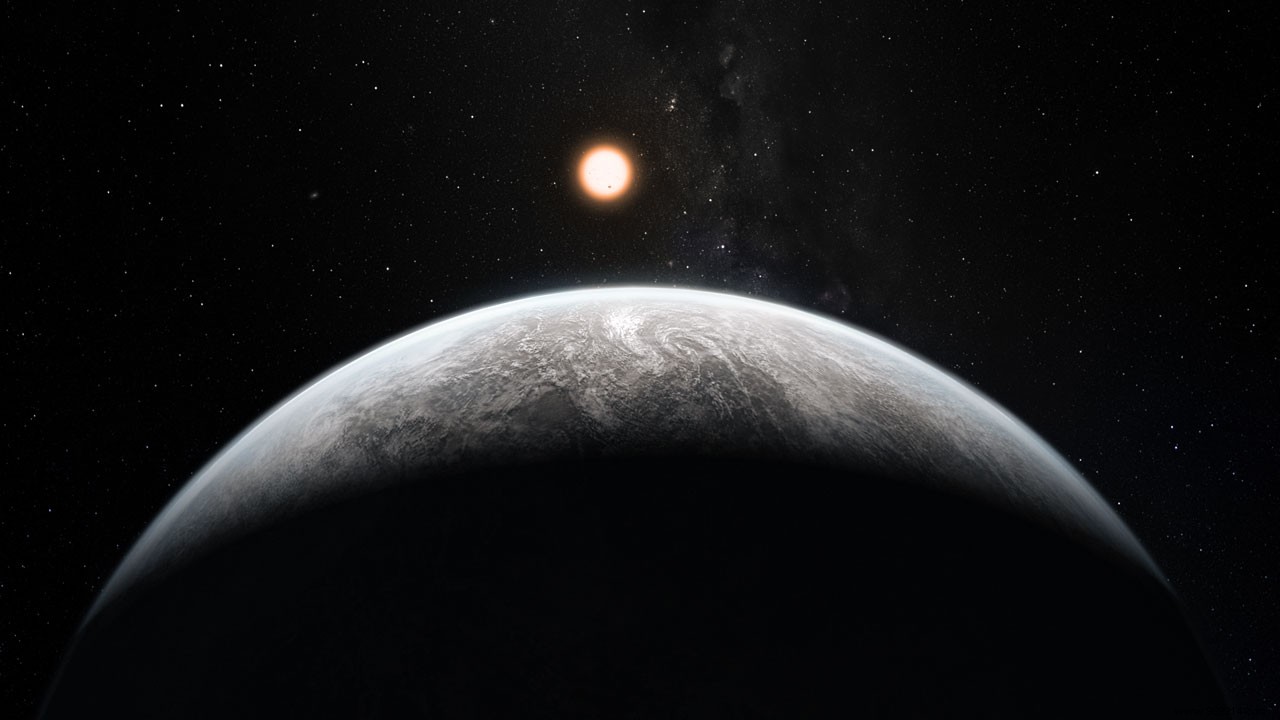According to one study, none of the known potentially habitable terrestrial exoplanets receive enough radiation to support an Earth-like biosphere.
We have so far confirmed the existence of 4,422 exoplanets in 3,280 star systems . Of this sample, 165 are terrestrial (or rocky) in nature and comparable in size to our planet. And only about ten of these planets evolve in the habitable zone of their star. But could they sustain life for all that? As for Earth-like biospheres, no, according to a study.
This work, led by researchers from the University of Naples and the Italian National Institute of Astrophysics (INAF), is published in the Monthly Notices of the Royal Astronomical Society.
When we consider the number of stars in the galaxy and the number of galaxies in the universe, the idea that life only developed on Earth may sound very egocentric, but until proven otherwise, our world is the only one known to harbor a biosphere, and what is more, an incredibly rich biosphere. This is why in astrobiology researchers prefer to focus their work on the potential for life "elsewhere in the universe" on exoplanets similar to ours since this is our only example.
As part of this new study, astronomers evaluated the conditions allowing the process of oxygen-based photosynthesis on these ten exoplanets known to be similar to Earth.
Geological records, climatological studies and other fossilized remains have indeed taught us that the first terrestrial life forms, which emerged around 4 billion years ago, numbered on photosynthesis to generate nutrients and molecular oxygen from sunlight and carbon dioxide. This molecular oxygen began to slowly accumulate in the Earth's atmosphere, eventually allowing the emergence and maintenance of more complex life forms.
Thus, photosynthesis has been one of the key points of the earth's biosphere. This process requires the right amount of sunlight . And as these works show us, not all stars offer such a service.

Here the researchers calculated the amount of photosynthetically active radiation (RPA) received by each of the sampled planets. This is radiation in the wavelength range between 400 and 700 nanometers that photosynthetic organisms can use in the process of photosynthesis.
Their analyzes revealed most of these planets orbit stars that are too cool (red dwarfs) to provide enough RPA to support such a rich biosphere as that of Earth. Of course, it cannot be ruled out that an "unknown photosynthesis" could still develop, but here we are entering the realm of guesswork.
Red dwarfs represent more than 75% of all stars in the Milky Way. "Given that red dwarfs are by far the most common type of star in our galaxy, this result indicates that Earth-like conditions on other planets may be much less common than we might hope so “, argues Giovanni Covone, lead author of the study.
Stars hotter than the Sun aren't ideal either, as they burn faster. While exoplanets evolving in the habitable zone of these objects could give rise to photosynthetic organisms, they would not be able to sustain biospheres long enough to support the emergence of complex life forms.
Again, it is quite possible to imagine that different forms of life could develop on other planets. What these works show us is that life as we know it could be much rarer than previously thought.